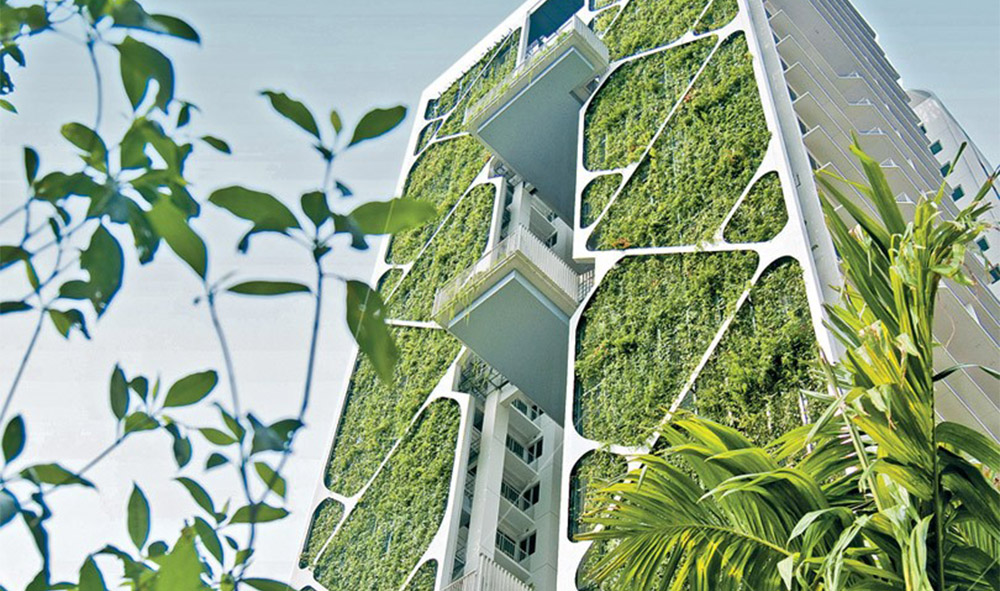2. Controlling evapotranspiration of greening for better mitigating urban heat island effects

The presence of urban heat island (UHI) dramatically increases temperature of building façades and also surrounding air, which results in severe consequences on microclimate. Among various mitigation approaches that are being studied, using greening is a promising one, as the practice shown in the figure below. While it has been known that evapotranspiration (ET) of plants could help reduce temperature of surrounding air, studies on optimisation and control of greening evapotranspiration are still limited. This project aims to come up with approaches for better utilizing greening evapotranspiration, which will ultimately serve as part of strategies for UHI mitigation.
Keywords
Physical measurements, Numerical modelling
Labels
Master Thesis
Description
Performance of using greening as an approach to lower air and building façades temperature dramatically depends on the category of plants, padding density, irrigation pattern and other factors. To understand the complex influence of those dominant factors, numerical modelling and / or scale-down physical experiments will be performed. Understanding of quantitative contribution of the various factors to evapotranspiration will be obtained in the project, which will serve as a fundamental basis for evapotranspiration control.
Goals and tasks
- Conduct literature review and find out dominant factors contributing to evapotranspiration effects
- Design physical experiments and determine measurement matrix
- Perform measurements and analyses with experimental data
- Conclude findings and make recommendation on utilization of greening
Contact details
Please contact Dr. Yongling Zhao () or Prof. Jan Carmeliet () for further information.